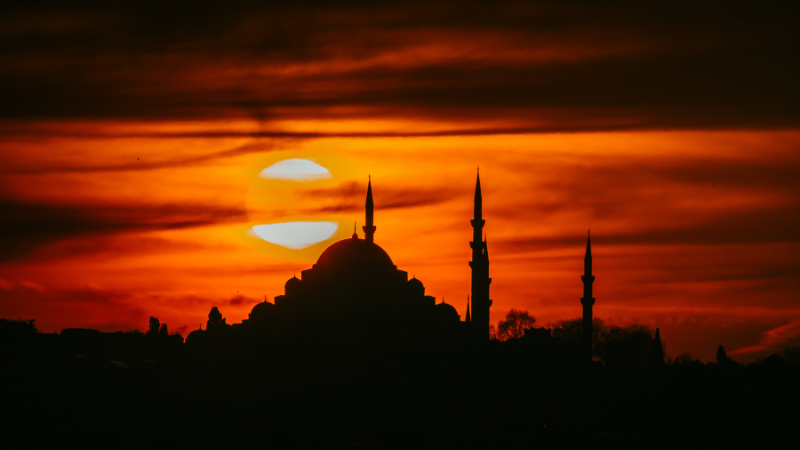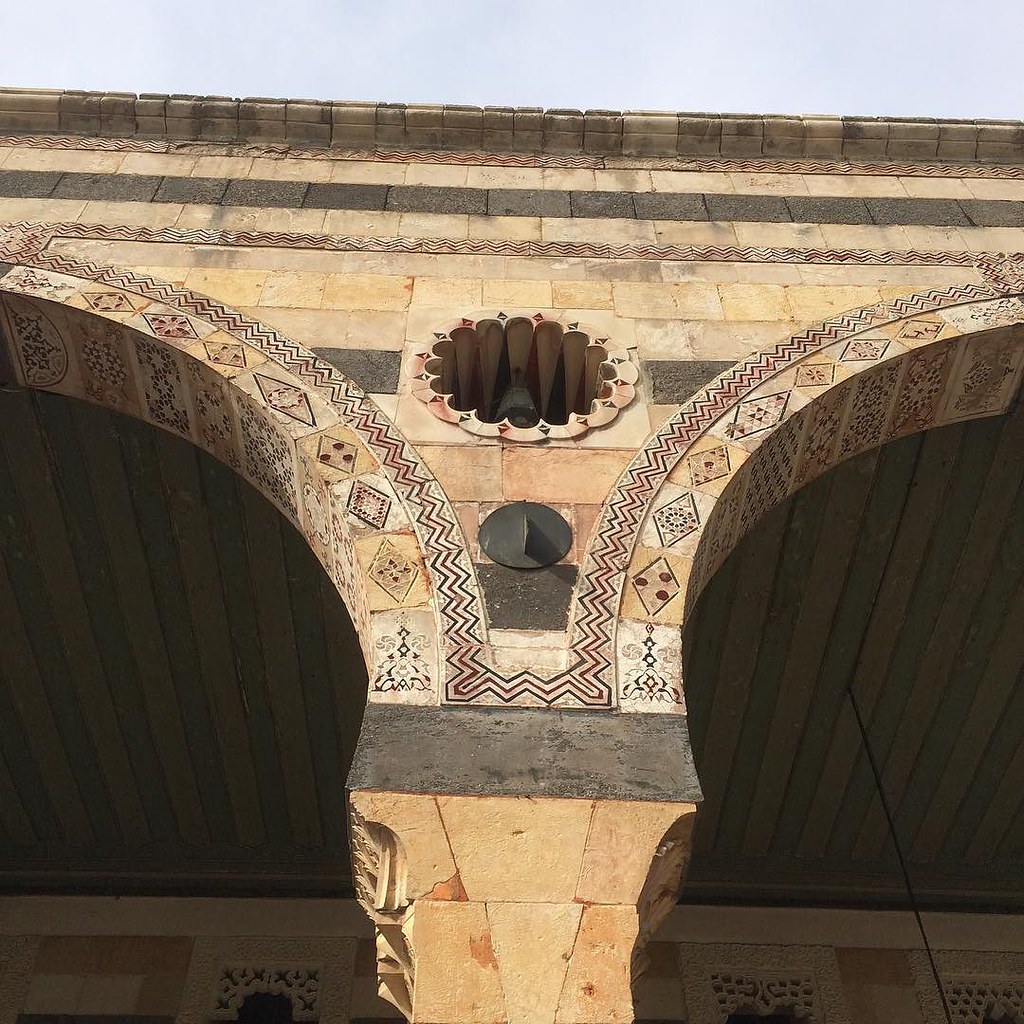
Introduction
Before revealing the Surprising secrets that must be known about prayer times in Islam, we must know that prayer in Islam is not just a ritual; It is a deep relationship between the worshiper and God. In addition, understanding the importance of prayer times in Islam is crucial for religious Muslims. On the other hand, knowing the exact times of daily prayer is essential for maintaining religious obligations. Moreover, observing prayer times enhances discipline and dedication in one’s spiritual and worldly life.
What are the five prayers in Islam?
The doing of the five prayers each on time is one of the five pillars of Islam. From here came the importance of prayers in the life of the Muslim. To know more about the times of Muslim prayers, we should know them first.

The five prayer times are:
1. Al-Fajr (The dawn)
Al-Fajr starts at the beginning of twilight, when the morning light appears across the full width of the sky. It could be performed till before sunrise (Al-Shuruq).
Al-Shuruq (The sunrise – the end of Fajr)
It’s not a prayer time, but it’s the timing of the end of the allowed time to perform Fajr prayer.
2. Al-Dhuhr (The Midday)
after the sun passes its highest
From when the sun has passed the zenith (the time of getting the shadow of an object under the object precisely), it could be performed up to the time of Asr.
3. Al-Asr (The Afternoon)
In the late part of the afternoon
From when the shadow cast by an object is once or twice its length (as per the adapted approach in the location), it could be performed up to the time of Maghrib.
4. Al-Maghreb (The After sunset)
Just after sunset occurs, It begins at sunset and may be performed up to the end of dusk.
5. Al-Eshaa’ (The Night – Between sunset and midnight)
This time of prayer is between sunset and midnight which begins with the night and can be performed up to dawn although it’s disliked.
How the prayer times be recognised?
How the prayer times be recognised?
In old times, the very first Muslims recognised the prayer times during the day (Al-Dhuhr and Al-Asr) using the Sundial which indicates the time by changing the length and location of the shadow. Meanwhile, for (Al-Maghreb), they would wait to see the sunset apparently, and for (Al Eshaa’), they would wait for the disappearance of the red twilight. Finally, for (Al-Fajr), when they can distinguish the white from the black.

The Methodology of Calculating Prayer Times
In modern times, it’s calculated by equations in terms of some parameters that will be shown in the following lines.
The main equation of prayer time calculation is of the Dhuhr which is as follows:

Where



The other times require converting the Sun’s altitude to time. We use a variant of the generalized sunrise equation

Where:



Hence, we got the timing of Dhuhr; consequently, then the rest of the timings can be driven as follows:
The timing of Al-Fajr as


The timing of Shuruq as


The timing of Maghreb as


And the timing of Ishaa’ as


As you can observe the main time is Al-Dhur and for the times before it (Al-Fajr and Al-Shurouq) we subtract the T(

The longest and the shortest day.
From Al-Fajr (The dawn) to Al-Maghreb (The Sunset)
Throughout the year the duration between Al-Fajr and Al-Maghreb varies daily depending on the season. It’s important to mention here that these differences in durations differ according to the location of the city.
Muslims throughout the year observe the movement of times of prayers in this yearly phenomenon and keep in their minds the miraculous creation of the Almighty and that is the first of the secrets about prayer times.

The Dynamic Nature of Prayer Times
Temporal effect:
A. Year-to-Year Variations:
The Islamic calendar, following the lunar cycle, results in annual fluctuations in prayer times. Understanding these variations fosters a deep appreciation for the dynamic nature of the Islamic calendar, influencing the Fajr prayer, which can shift significantly from season to season.
B. Seasonal Dynamics
The seasons, with their cyclical changes, indicate the ebb and flow of prayer times. In areas with different seasons, the lengths of days and nights fluctuate, making constant contact with one of God’s miraculous laws of nature. This serves as a constant reminder of the cyclical nature of time and the importance of adapting to change as a law among the laws of life.
Geographic Influence:
A. Latitude and Longitude:
Geographical coordinates significantly impact prayer times. The latitude and longitude of a location dictate the angle at which the sun rises and sets, directly influencing the duration of each prayer window. This ensures that Muslims worldwide experience a connection to the Divine synchronized with their specific location.
B. Elevation’s Influence:
Elevation introduces an intriguing aspect to prayer time calculation. Higher altitudes, with their distinct atmospheric conditions, can elongate sunset times, affecting the timing of Maghrib and Isha prayers. This geographic diversity emphasizes the universal adaptability of Islamic practices.
The Dance of Seasons (Seasonal Dynamics)
The seasons, with their cyclical changes, indicate the ebb and flow of prayer times. In areas with different seasons, the lengths of days and nights fluctuate, making constant contact with one of God’s miraculous laws of nature. This serves as a constant reminder of the cyclical nature of time and the importance of adapting to change as a law among the laws of life.
Technological Advancements:
A. Mobile Apps and Websites:
In the digital age, technology has facilitated easy access to prayer times. Mobile apps and websites offer real-time updates, helping Muslims stay connected to their prayers. This accessibility ensures that the faithful can fulfill their religious duties regardless of their location.
B. Mosque Loudspeakers:
Technological advancements have also impacted how prayer times are communicated. Many mosques now use loudspeaker systems to broadcast the call to prayer, ensuring that the entire community is aware of the designated prayer times.
Cultural and Social Impact:
A. Community Unity:
Prayer times serve as a unifying factor within Muslim communities. The shared commitment to prayer fosters a sense of belonging and unity, transcending geographical and cultural differences.
B. Time Management and Discipline:
The structure of prayer times instills a sense of discipline and time management in the lives of Muslims. It encourages a balanced daily routine, promoting spiritual well-being alongside worldly responsibilities.
Perpetual remembrance of the Almighty Creator
Regarding prayer times and their close connection to the seasons throughout the year and the difference in their calculation depending on the place in terms of location on the surface of the Earth or even height above sea level; Which makes the performance of prayer in various parts of the earth a continuous process in which the worshipers perform their prayers in a sequential manner. As soon as the prayer ends in one village, another begins in the neighboring village. The evening prayer does not end in one hemisphere unless the dawn prayer is held in the other hemisphere. This is one of the many things that makes a person contemplate the greatness of the creation of this universe.
Conclusion
The calculation of prayer times in Islam is a multifaceted marvel that combines ancient wisdom with modern technology. From the precision of astronomical calculations to the impact of geography and seasons, every element adds depth to this sacred practice. As Muslims globally bow in unison, they not only fulfill a religious obligation but also partake in a cosmic rethem that weaves together the earthly and the celestial. The wonders of calculating prayer times stand as a testament to the intricate beauty embedded in Islamic traditions, connecting believers to the rhythm of the universe.



